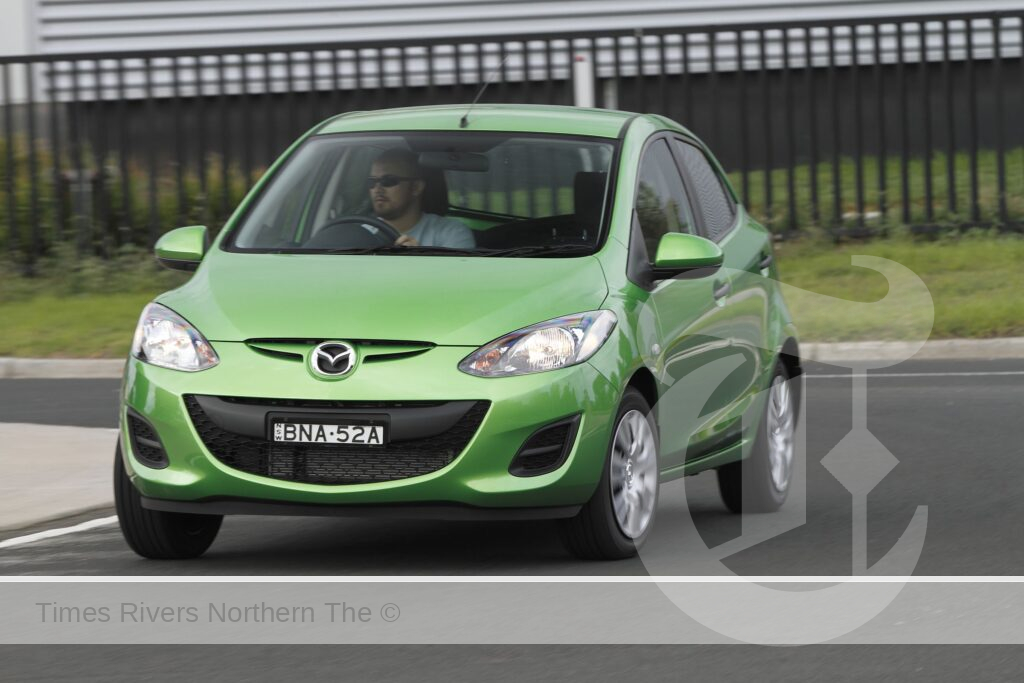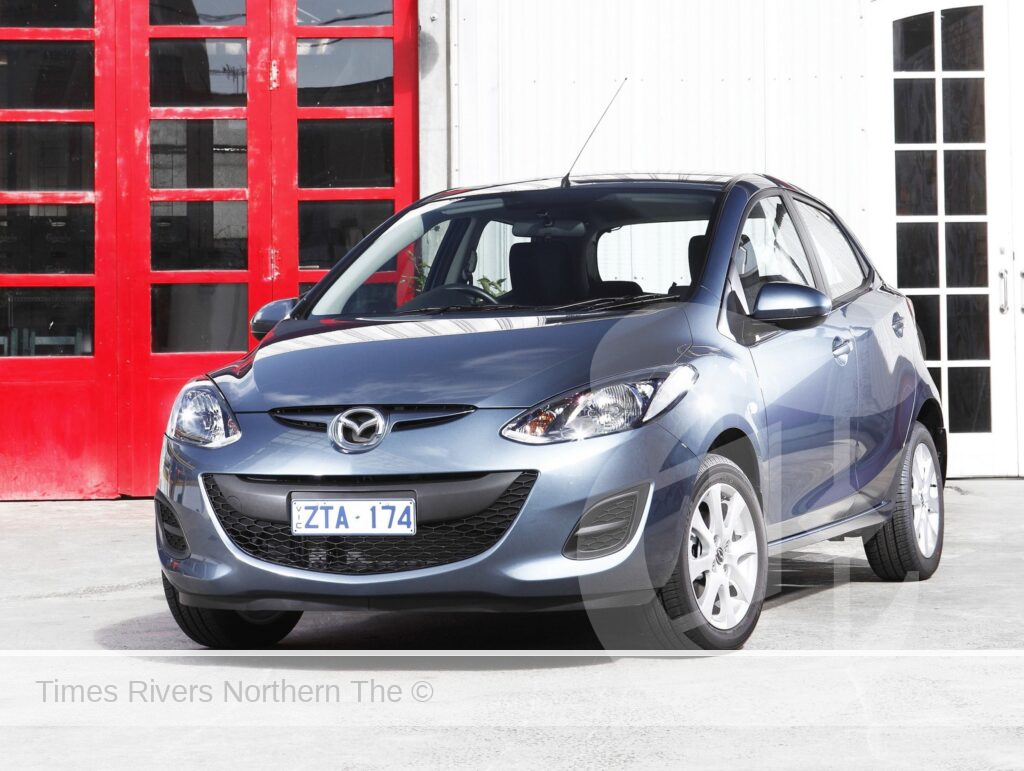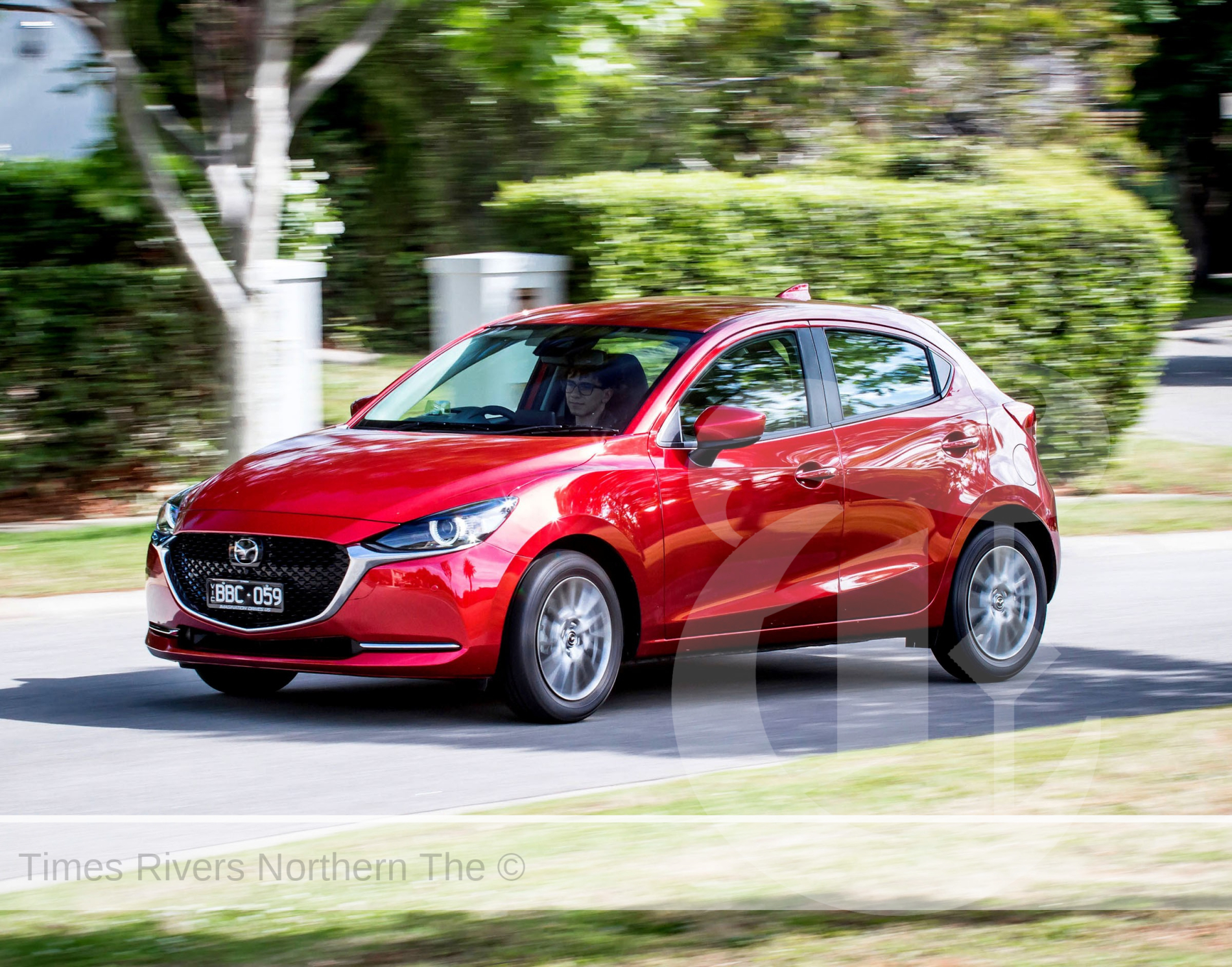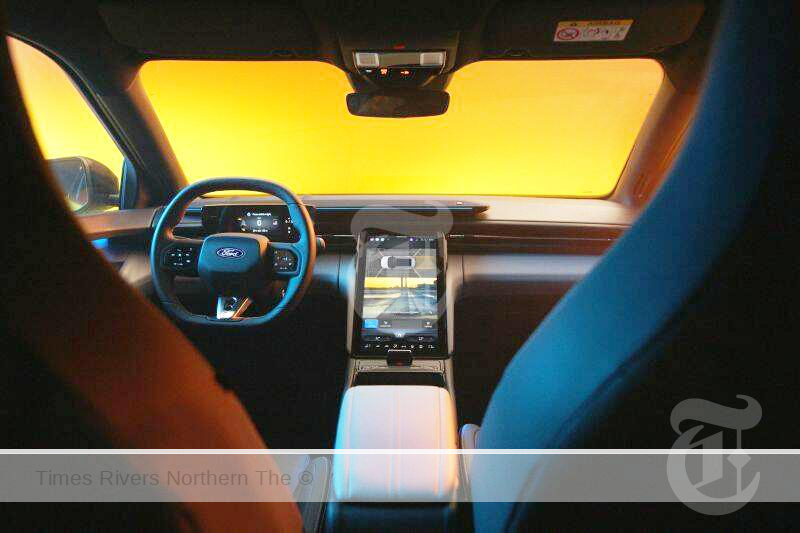USED CAR CHECKOUT MAZDA 2 2007 – 2020
By EWAN KENNEDY
Mazda2, is quite spacious for a car in its class as its relatively tall body making for decent space in the cabin. It can used as a small family car and the kids are in their preteen years. Though in Australia it mostly sells to singles and couples.
Build quality is very good inside and out and like all Mazdas the ‘2 holds its value pretty well. All the more she if you have it served by the book by an official dealer.

2010 Mazda2
The Mazda2 is commonly used as a city car. Try to find one that hasn’t been thrashed around in the rush and bustle of constant traffic, not to mention bump and scratches in carparks. Low kilometres on the clock are often a sign of extensive city use.
The majority of Mazda2 are five-door hatchbacks. A four-door sedan was introduced in 2010, it was only sold for less than a year, but was reintroduced midway through 2015.
You may also care to look at a Mazda CX-3, a small crossover SUV. Despite its confusing name it’s based on the Mazda2 not the Mazda3.
Earlier models were sensible rather than stylish in their shape, but things changed on the fashion front with the second generation Mazda2, which reached us in September 2007.
Style became the byword with the launch of a new generation Mazda2 in November 2014. Using the so-called Kodo theme it moved up from utilitarian to pretty desirable.
Mazda2 is still no powerhouse, though, so if you’re travelling with a fair load of people and in hilly areas it may struggle at times. Try for yourself during your pre-purchase road test.
Noise levels are usually reasonably low but rough roads can significantly increase them, as can concrete surfaces on some motorways.
Mazda updated the ‘2 late in 2019. Always a company to listen to owners, the changes were based on feedback from them as well as potential buyers.
The facelift brought it into line with big brothers Mazda3 and Mazda6. This included a new mesh grille. Front and rear lower-bumper sections with garnishes at the outer edges to give it a premium finishing touch. Foglamps were integrated into a new LED headlamp design.
Finished in a high gloss paint, 16-inch wheels got a straight spoke design. The 15-inch on the lower spec models featured a silver finish.
Inside, the Mazda2 G15 Pure is available with Brown cloth; the G15 Evolve has dark Navy cloth and G15 GT has Blue Grey leather with Granluxe synthetic suede.
On the infotainment front the Mazda2 received Apple CarPlay and Android Auto.

2014 Mazda2
The 1.5-litre engine moved up from 79kW to 82kW, torque increased from 139Nm to 144Nm.
Standard safety features include Blind Spot Monitoring, Rear Cross Traffic Alert, Lane-keep Assist System and pedestrian detection for Smart City Brake Support. There’s a 360-degree View Monitor on G15 GT models.
The underbonnet area is reasonably spacious and a good home handyperson can do routine servicing. Safety items must be left to the professionals. Having a workshop manual on hand when you do your own work makes life easier.
Insurance rates are generally low. however, there seems to be a bigger spread than normal between companies so it’s worth shopping around for the best deal. Make sure you’re doing accurate comparisons.
WHAT TO LOOK FOR
Listen for rattles and squeaks inside the cabin by driving on rough roads, they don’t have to be unsealed roads, just some in poor condition. These probably that it has led a harsh life.
Check for signs of body damage or crash repairs. Viewing the car in good light you should be able to see if the paint doesn’t match from panel to panel. Paint overspray on windows, mirrors, badges and other unpainted areas is another bad sign.
Look at the interior trim and the lining of the luggage area for tears or stains.
An engine that’s rough at idle may have problems. During your test drive feel for hesitation in the engine, particularly when it’s asked to accelerate suddenly.
Make sure the brakes pull the car up firmly in a straight line and that the ABS system kicks in under high pedal pressures.
HOW MUCH?
Expect to pay from $2000 to $4000 for a 2009 Mazda2 Maxx; $4000 to $7000 for a 2011 Neo; $7000 to $11,000 for a 2014 Genki; $8000 to $13,000 for a 2016 Maxx or a 2018 Neo; $9000 to $14,000 for a 2016 Genki; $10,000 to $15,000 for a 2018 GT; and $13,000 to $19,000 for a 2019 GT.
CAR BUYING TIP
Small city cars often lead a harder life than those used in the country, so don’t be taken in by low kilometre readings.
To browse recalls on all vehicles go to the ACCC at: www.productsafety.gov.au/products/transport/cars/





 Tweed Shire News2 years ago
Tweed Shire News2 years ago
 Motoring News1 year ago
Motoring News1 year ago
 COVID-19 Northern Rivers News3 years ago
COVID-19 Northern Rivers News3 years ago
 COVID-19 Northern Rivers News3 years ago
COVID-19 Northern Rivers News3 years ago
 Northern Rivers Local News3 years ago
Northern Rivers Local News3 years ago
 Health News3 years ago
Health News3 years ago
 COVID-19 Northern Rivers News3 years ago
COVID-19 Northern Rivers News3 years ago
 NSW Breaking News3 years ago
NSW Breaking News3 years ago



















